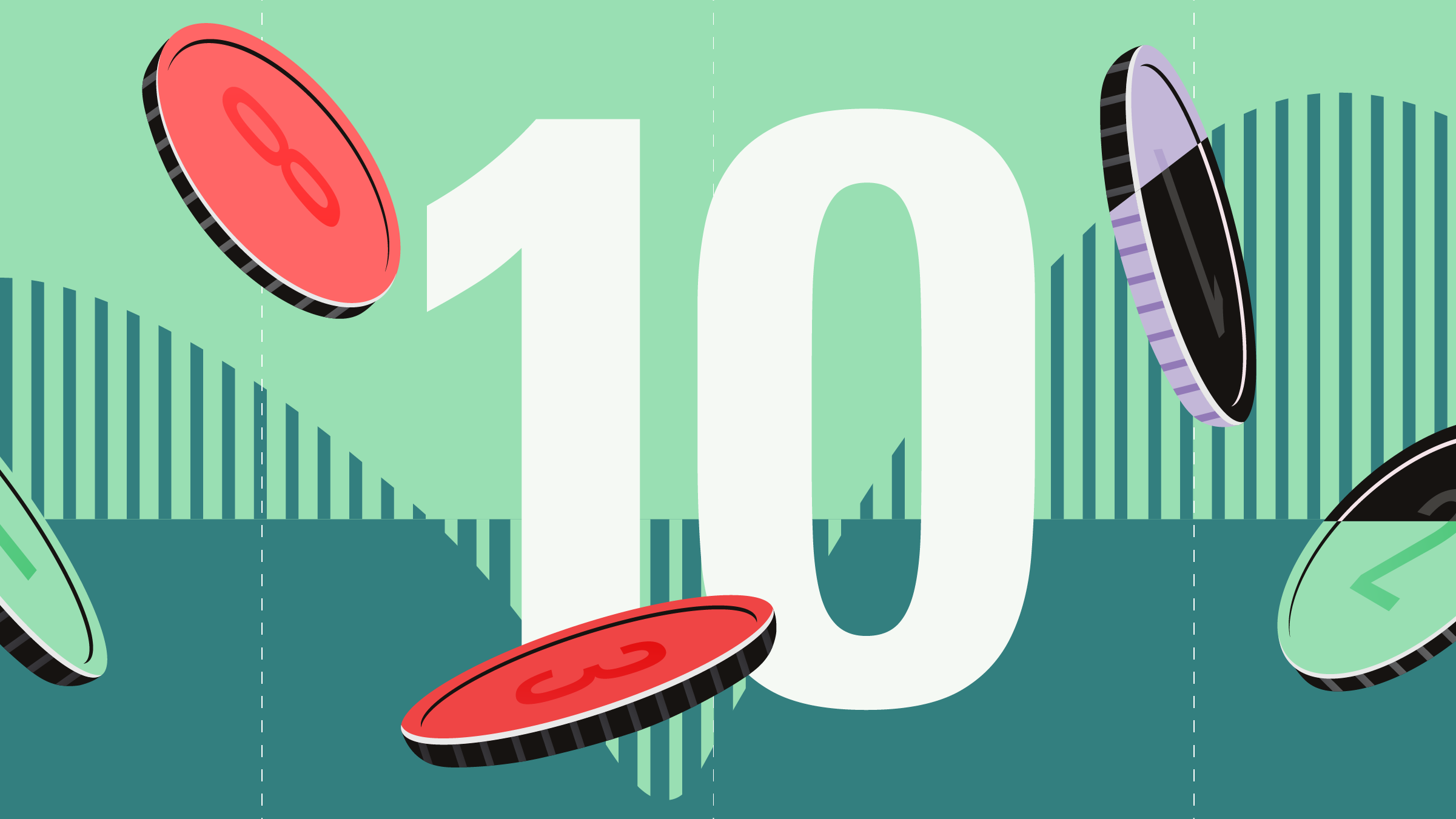Question: I hear the terms "average maturity" and "average duration" used to describe bond funds. They sound similar, so what's the difference?
Answer: "Maturity" and "duration" may sound somewhat alike, and both measures are expressed in years. However, they mean very different things.
Maturity is pretty straightforward. A bond's maturity is the length of time until the principal must be paid back. So a 10-year bond will earn interest for 10 years from the date it is purchased. At the end of that time period the bond's principal is repaid to the owner of the bond and interest payments cease.
A bond's duration, on the other hand, is a more abstract concept often used to measure interest-rate sensitivity. Bond investors often pay attention to interest-rate movements because any movement up or down in rates has the opposite effect for bond prices. That's because an increase in interest rates makes an existing bond (and its now below-market interest rate) worth less while a drop in rates increases the bond's value.
Different Types of Duration
Among the most widely used methods of measuring duration are Macaulay, modified, and effective. Macaulay duration, which is named after Frederick Macaulay, who developed it in 1938, provides a weighted average of the time to each interest (coupon) and principal payment of a bond. Modified duration is a slightly more involved calculation that takes into account the effects of interest-rate movements. Effective duration is another, still-more complicated measure used to assess interest-rate sensitivity when callable securities (those that may be paid off before maturity) are involved.
It's this last measure that Morningstar lists on its bond-fund pages, and it is provided by the fund companies themselves. Average effective duration is an asset-weighted measure of the effective duration of securities held in a fund and is particularly useful as a guide to how interest-rate movements will affect the fund's holdings.
Simply put, bonds with longer durations are more sensitive to interest-rate changes than those with shorter durations. So investors who expect interest rates to decline might look for bonds or bond funds with longer durations or maturities to increase potential exposure to falling rates, whereas investors expecting rates to go up would prefer shorter durations or maturities to limit exposure to the higher rates. Longer-duration bonds and bond funds also typically have higher yields than their shorter-term counterparts to compensate investors for taking on added interest-rate risk.
The average effective duration figure also determines where the fund lands along the Interest-Rate Sensitivity axis of the Morningstar Fixed-Income Style Box, with ratings ranging from limited to moderate to extensive.
Measuring the Effect of an Interest-Rate Change
Investors can use duration to help estimate how a bond or bond fund's value would be affected by a change in interest rates. For example, a bond with a duration of 5 years would be expected to rise 5% in value for every 1-percentage-point decline in interest rates (remember that interest rates and bond prices move in opposite directions). If interest rates go up by one percentage point, the bond's value would be expected to drop 5%. This measure allows investors to easily make an apples-to-apples comparison of interest-rate sensitivity for bonds with different maturity dates and interest (coupon) rates. For example, a bond with a duration of 6 years would normally be twice as sensitive to interest-rate changes as one with a duration of 3 years regardless of when they mature or what they pay in interest.
Not a Perfect System
Although duration can be a useful tool in determining the interest-rate sensitivity of a bond or portfolio of bonds, it is far from a perfect measure. Duration is most useful in measuring interest-rate sensitivity for bonds that closely track government-issued debt, such as US Treasuries. For those that don't--some corporate bonds, for example--duration might be useful to measure relative rate sensitivity between the two types, but prospective investors will need to bear in mind that those bonds won't necessarily move in sync with government bonds and Treasuries. Also, even though two bond funds have the same average effective duration, they could still react differently to interest-rate changes if their underlying securities are different.
With interest rates at historic lows, now is a good time for bond investors to pay particular attention to the roles that both maturity and duration play with regard to interest-rate sensitivity. But these measures are far from the only considerations when investing in bonds. Others include credit quality and bond type, not to mention fund management and fees for those investing in bond funds.
For more information about bonds, watch the Bond Basics video series:
Bond Basics – Part 1
Schroders’ fixed income portfolio manager, Gareth Isaac, explains how bonds work and who would want to buy bonds.
Bond Basics – Part 2
Schroders’ fixed income portfolio manager, Gareth Isaac, explains the risks associated with investing in fixed income.
Bond Basics – Part 3
Schroders’ fixed income portfolio manager, Gareth Isaac, explains bond pricing.
























